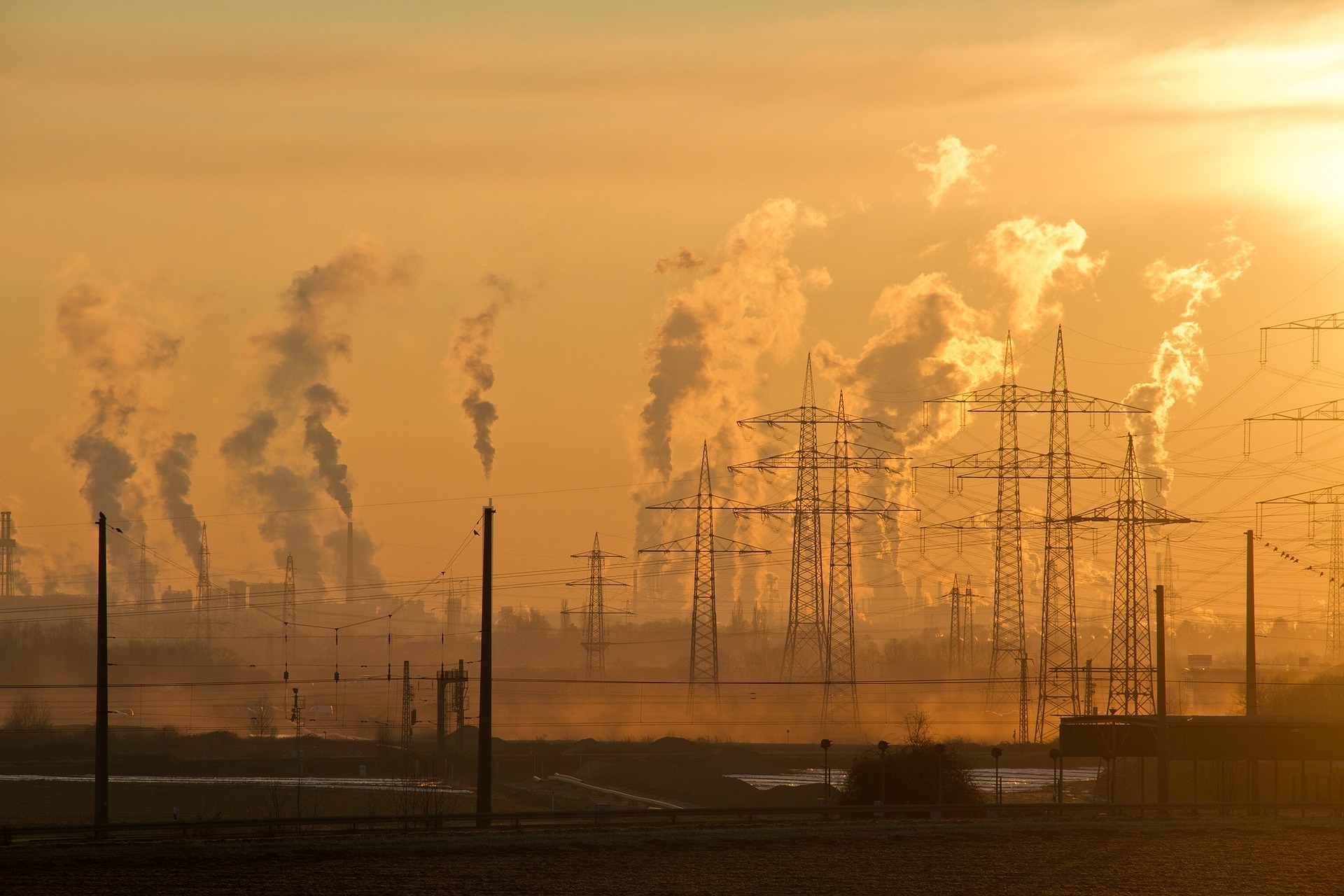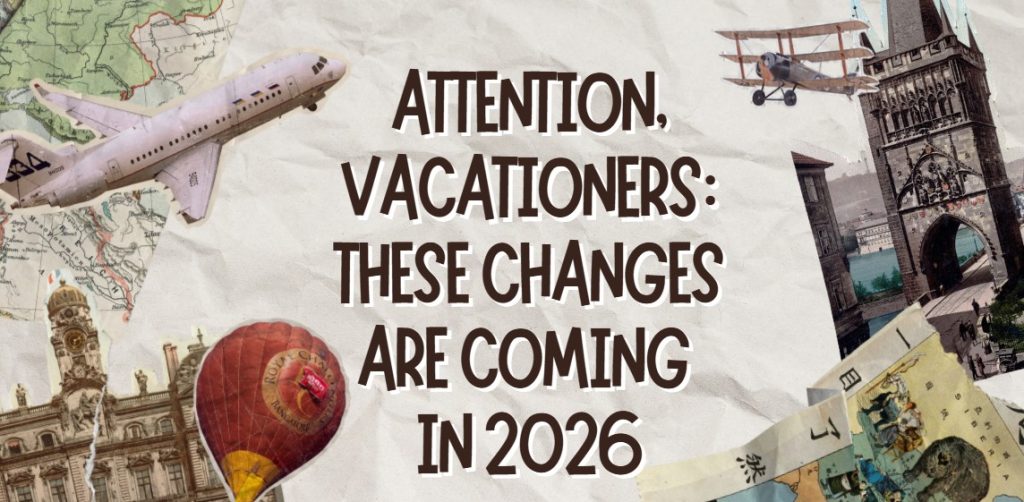High levels of air pollution with particulate matter lead to the premature deaths of more than 1,200 children and adolescents in Europe yearly, according to an estimate. It also significantly increases the risk of disease for adolescents later in life, according to reports presented Monday by the European Environment Agency (EEA). According to experts, air pollution leads to more dangerous asthma attacks, among other things.
The Copenhagen-based EU agency said that more needs to be done to protect children’s health from the adverse effects of air pollution. Despite improvements in recent years, pollution levels of various pollutants remain stubbornly above World Health Organization (WHO)-recommended limits in many countries, especially in Central Eastern Europe and Italy, it said. The main reason for the fine dust pollution is the combustion of solid fuels such as coal for heating and industry.
In addition to particulate matter, ozone, and nitrogen dioxide levels are still too high, according to the Environment Agency. It said that children and young people are particularly vulnerable because their organs and immune systems are still developing. All Europeans need to be protected from lousy air, especially children, EEA Executive Director Hans Bruyninckx urged. Action at EU, national, and local levels must be further strengthened “to protect our children, who cannot protect themselves.” He said there is still a long way to go before we have clean air.
Currently, air pollution causes more than 1,200 premature deaths among minors yearly in the 32 member states – including Switzerland, Norway, Iceland, Liechtenstein, Turkey, and the 27 EU countries, according to EEA estimates. Although the number in this age group is relatively low compared to that in the population, early life deaths represent lost future potential, it said.
“Protect children better.”
“We cannot look at children like small adults when it comes to environmental risks and air pollution,” said EEA expert Gerardo Sanchez. He said they have a higher breathing rate, breath more through their mouths, are closer to the ground, and weigh less. He said their biology is different, but so is how they are exposed to air pollution. This can have serious health consequences, including reduced lung function, asthma, and allergies.
To protect children better, the most important thing is to reduce air pollution at the source – that is, transportation, industry, and heating, Sanchez said. A good measure, he said, is also to focus on improving air quality around schools and kindergartens, such as through more green spaces.
The EEA usually releases a new estimate each fall on how many premature deaths are attributable to air pollution. Based on 2020 figures, the most recent assessment was just under 240,000 deaths in the EU from particulate matter alone. According to the WHO, around seven million people worldwide die prematurely yearly due to air pollution.
Linz and Graz with worst air quality in Austria
Problems with excessively high pollutant levels often occur primarily in cities. In the EU countries, more than 90 percent of the urban population had to live with levels of particulate matter (PM2.5), ozone (O3), and nitrogen dioxide (NO2) above the WHO recommendations in 2021. Particulate matter in the PM2.5 size category (diameter smaller than 2.5 micrometers), in particular, is considered harmful and a cause of strokes, cancer, and respiratory diseases. The WHO guideline values are much stricter than the EU limits.
In some places far to the south and north of the continent, there are also bright spots: the cities with the cleanest air in Europe regarding particulate matter pollution are Faro in Portugal and Umeå and Uppsala in Sweden, according to the latest comparative figures for 375 European cities. They are followed by Funchal (Portugal), Tallinn (Estonia), Tampere (Finland), and Reykjavik (Iceland). The best scores among Austrian cities are achieved by Salzburg (42nd) and Innsbruck (49th), the worst by Linz (229th) and Graz (278th). Vienna ranks 164th, Klagenfurt 176th.
- Source: krone.at/picture: Image by Ralf Vetterle from Pixabay
This post has already been read 1676 times!



